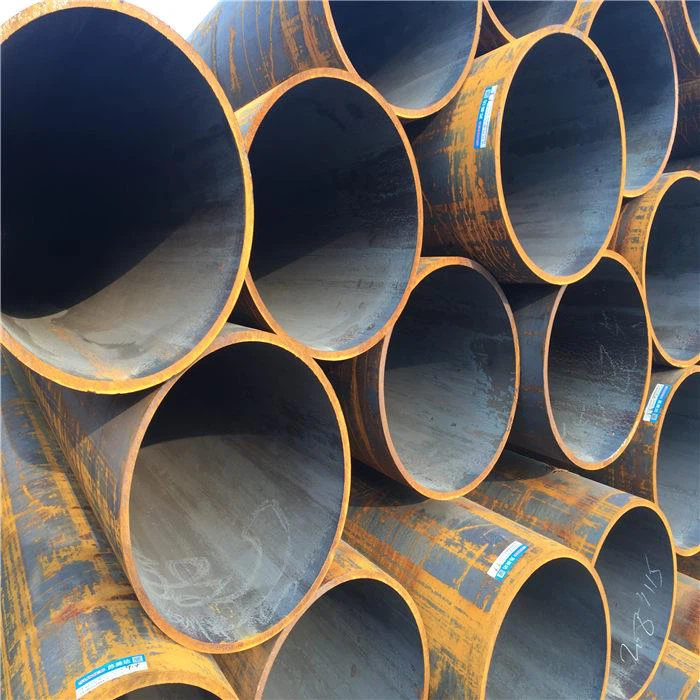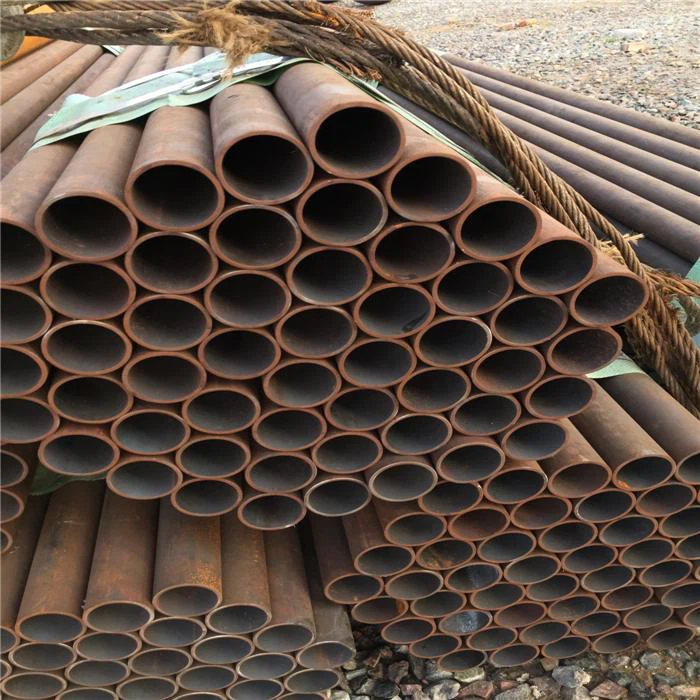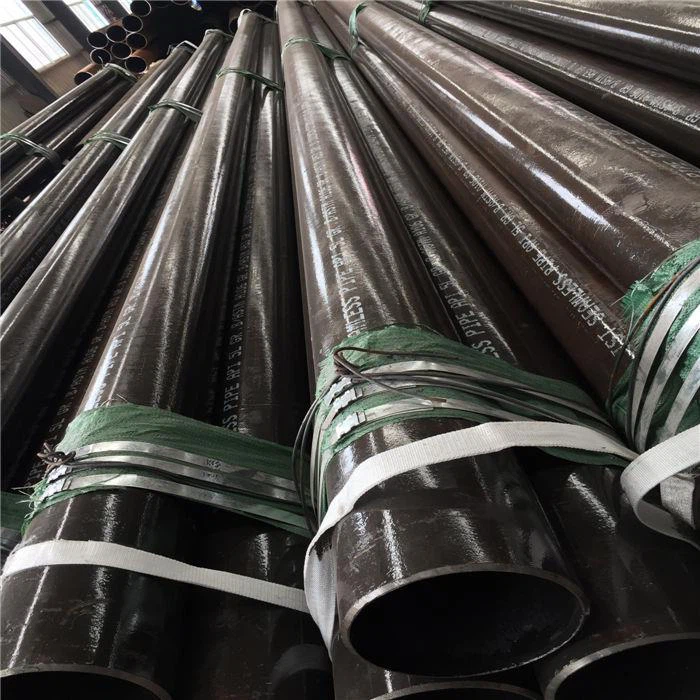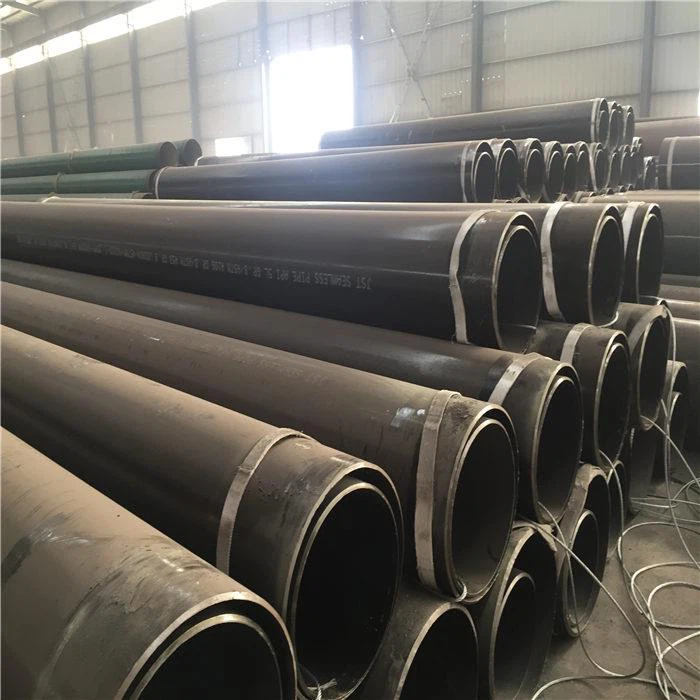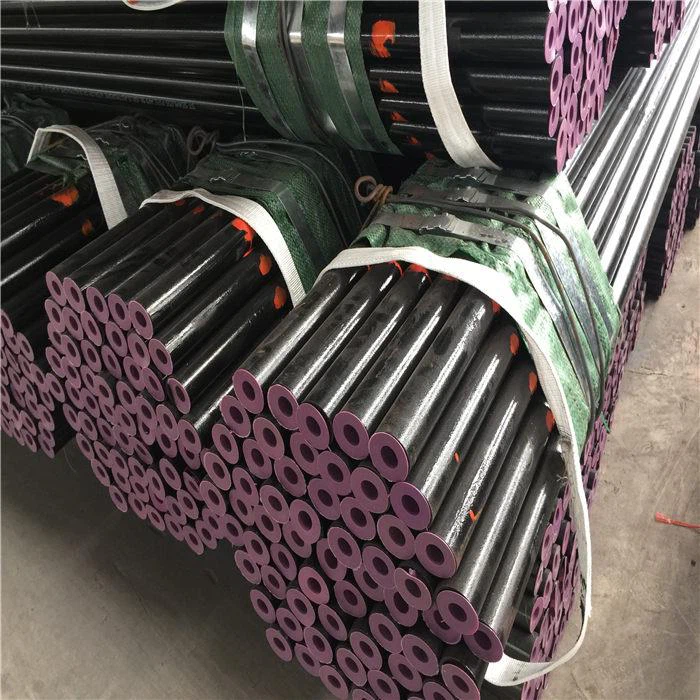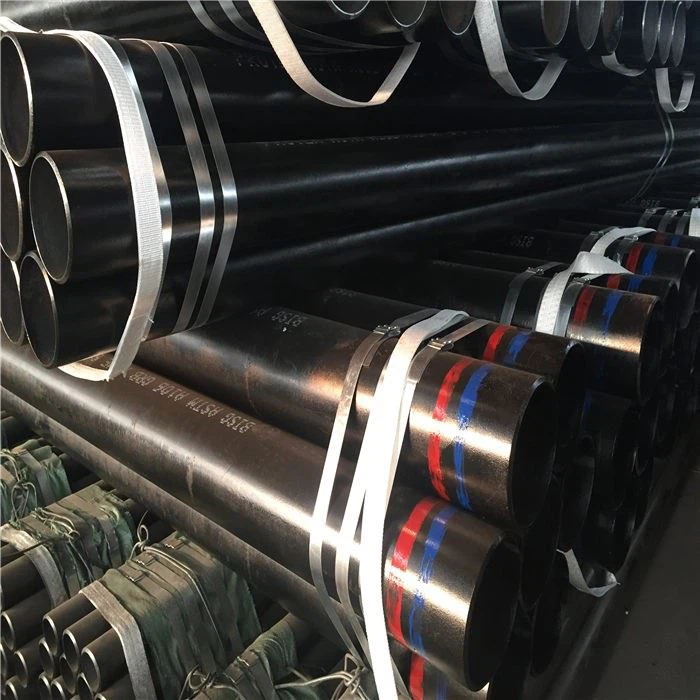Why Are There Steel Quenching Cracks? How To Prevent
1 Quenching crack
The quenching process is mainly used for steel parts. It is to heat the steel to a temperature above the critical temperature Ac3 (hypoeutectoid steel) or Ac1 (hypereutectoid steel), hold it for a period of time, and make it fully or partially austenitic. Then, the heat treatment process of martensite (or bainite) transformation is carried out by rapidly cooling the temperature below Ms (martensite transition initial temperature) (or isothermal near Ms) at a cooling rate greater than the critical cooling rate.
Quenching crack refers to the crack produced in the quenching process or at room temperature after quenching, the latter is also called aging crack. The crack distribution does not have a certain rule, but generally easy to form in the workpiece sharp Angle, section mutation. The root cause of quenching cracking is that the tensile stress exceeds the fracture strength of the material, or the material will crack due to internal defects although it does not exceed the fracture strength. There are many specific reasons for quenching cracking, which should be distinguished according to the crack characteristics.
2 Causes of quenching cracks
The intrinsic brittleness of martensite is the internal cause of quenching crack, while the crystal structure, chemical composition and metallurgical defects of martensite are the influencing factors of intrinsic brittleness of martensite. The magnitude, direction and distribution of macroscopic internal stress caused by various process conditions, parts size and shape are the external causes of quenching crack. The following will be from micro to macro, from the inside to the outside of the steel quenching crack analysis.
2.1 Intrinsic brittleness of martensite -- the internal cause of quenching cracks in steel parts
It is well known that after quenching, medium and high carbon steel has low toughness, great brittleness, and easy to produce microscopic cracks and macroscopic cracking. This is mainly determined by the intrinsic brittleness of martensite. The intrinsic brittleness of martensite is determined by the metallurgical quality, carbon content and alloying elements, original microstructure, microstructure, microstress and microcrack of martensite.
2.1.1 Metallurgical quality of materials
Shrinkage holes and serious rolling defects cause obvious inhomogeneity of the material, at which time the material is not suitable for heat treatment. However, metallurgical defects of many materials may interact with macroscopic or microscopic internal stresses alone to induce quenching cracks. These metallurgical quality problems include macroscopic segregation, solid solution segregation, solid solution hydrogen, forging and rolling defects, slag inclusion, ferrite pearlite band structure and carbide band structure, etc.
2.1.2 Carbon content and alloying elements of materials
The increasing carbon content will decrease the fracture strength of martensite. According to the theory of brittle solid fracture strength:
The E and D values are related to the carbon content. When the carbon content increases, the binding force between iron atoms in martensite decreases, the elastic modulus also decreases, and the fracture strength of steel also decreases. With the increase of carbon content, D value increases, and the fracture strength decreases.
However, alloying elements have different effects on quenching crack. For example, Mn, Cr, V, Mo and other elements, like C, have greater quenching tendency with the increase of their content. However, element B is special and can effectively improve hardenability. The effect of rare earth elements on quenching is rarely studied and the opinions are different. An appropriate amount of rare earth elements can reduce the frictional force required for dislocation movement and thus reduce the brittle fracture tendency. Rare earth elements are enriched in grain boundaries, which can purify and strengthen grain boundaries, and make it difficult for impurities such as P to concentrate in grain boundaries again, which may play a role in alleviating intergranular fracture.
2.1.3 Original Organization Status
In addition to the chemical composition of the steel, the original structure before quenching also has a great influence. For example, flake pearlite; Nonequilibrium structures such as martensite and bainite; Inhomogeneous, reticular carbides; Non-metallic inclusions; The overheated structure and streamline of forging may cause or promote quenching cracking.
2.1.4 Microscopic cracks in martensite
It is easy to produce microcrack when martensite is formed, which means that it is difficult to form microcrack in martensite structure of medium and high carbon steels, while low carbon steels. This is because the low carbon martensite is parallel to the lats, the chance of collision is less, and its own plasticity is high, can make the stress relaxation through deformation, not easy to produce microscopic cracks. In the high carbon martensite, due to the collision of martensite sheets, the sheet martensite cannot be deformed to eliminate the stress, resulting in the stress field at the collision site. When the stress is large enough, a microscopic crack will be formed. This inborn defect makes the high carbon martensite further increase brittleness. Under the action of other stresses, the microscopic crack may develop into macroscopic crack.
2.2 Quenching macroscopic internal stress -- external cause of quenching crack in steel parts
2.2.1 Parts size and shape
If the chemical composition, metallurgical quality and original structure of the material are the same, but the size and shape of the parts are different, then under the same heat treatment conditions, still show different quenching tendency. For ordinary steel, too fine or too thick workpiece generally will not be quenched, Yamato long Shigao believes that when quenched in water, the critical diameter is the dangerous size of the quenched. The critical diameter is that when the workpiece is cooled in a certain quenching medium, the core can get the diameter of 50% martensite exactly.
Quenching cracking is closely related to the shape of the workpiece, and the shape of the steel parts affects the magnitude and distribution of quenching stress. The notches, sharp corners, grooves, holes and the parts with sharp changes in section on the workpiece are all the places where the stress is concentrated in quenching, which are the dangerous parts of fracture.
2.2.2 Improper heating
The heating temperature, holding time and heating equipment (atmosphere in furnace) of the workpiece during heat treatment can be the inducement of quenching crack.
The higher the heating temperature, the greater the quenching tendency. With the increase of quenching temperature, the heating and holding time is prolonged, and the austenite grains grow, the quenched martensite becomes coarsened and embrittered, and the fracture strength decreases, which is the fundamental reason for the increase of quenching tendency. The heating furnace that is not easy to crack is vacuum furnace, and the second is easy to produce quenching crack according to the order of electric furnace, salt bath furnace and flame furnace. Heavy oil furnace, coal furnace and other flame furnace is the most prone to quenching furnace type.
2.2.3 Effect of quenching cooling
In quenching cooling, care must be taken to control the cooling rate in the two temperature ranges. One of these areas is the critical area where rapid cooling is required for complete quenching and hardening. In order to quench the part, the critical area should be cooled sharply. The other area is the low temperature zone where quenching cracks are easy to occur. Below the temperature of MS point, the transformation of austenite to martensite occurs in this temperature range, and the volume expands, resulting in the second type of distortion, the second type of stress and the macroscopic heat treatment stress, which may lead to quenching cracks, so it is called the danger zone. Cooling should be as slow as possible in the dangerous area to ease the internal stress of quenching.
2.2.4 Processing after quenching
Parts are processed after quenching. According to the nature of processing can be divided into hot processing, mechanical processing and chemical processing three categories, and their comprehensive application. The process of crack formation caused by quenching processing is a process in which the macroscopic and microscopic internal stresses of quenching and the microscopic cracks interact with the load stresses or internal stresses in quenching processing.
3 Measures to prevent quenching cracking
The quenching cracking of steel parts is related to the structure of martensite, quenching internal stress, size and shape of the workpiece and production conditions, etc. It is possible to take corresponding measures to prevent quenching cracking by identifying these influencing factors. This section mainly from the selection of steel, the design of quenched parts, reasonable formulation of heat treatment technical conditions, selection of quenching medium, selection of quenching cooling methods and other aspects of the production practice has a certain effect to prevent steel parts quenching cracking methods.
3.1 Selection of steel
Different steel, the incidence of quenching crack is also different. Generally speaking, the higher the carbon content of steel or the higher the content of Cr and Mo, the easier it is to crack. The following figure shows the relationship between the tendency to crack during water quenching and the chemical composition of the steel. The higher the negative value of the index shown in the figure, the greater the tendency of quenching and cracking. Due to the different propensity of all kinds of steel quenching, in the design of parts should be according to the performance requirements, according to hardenability and brittleness and hardness, comprehensive analysis and selection of steel from the perspective of process and economy.
3.2 Design of quenched parts
The design of mechanical parts usually mainly considers the mechanical properties of materials and ignores the heat treatment process properties. Some parts from the material strength may be very reasonable, but from the perspective of heat treatment process analysis, its shape and size may be inappropriate. In order to prevent parts from cracking in quenching quenching, we should try to make them hot and cold, shrink and expand. Therefore, two points should be paid attention to in the design of parts :(1) the section should be uniform; (2) There is no gap effect. Good design requires uniform section thickness, symmetrical shape, smooth transition and opening process holes. For complex shape, large size (greater than 400mm) large concave die and thin and long punch, should be used to separate insert structure, become complex to simple, small, change the inner surface of the mold for the outer surface, not only easy to cold and hot processing, but also can effectively reduce the tendency of quenching, improve the rate of qualification of products.
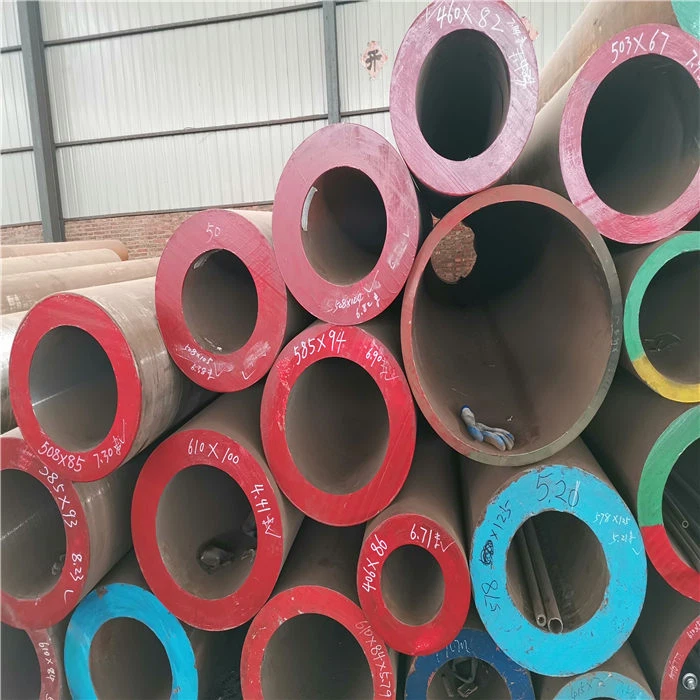
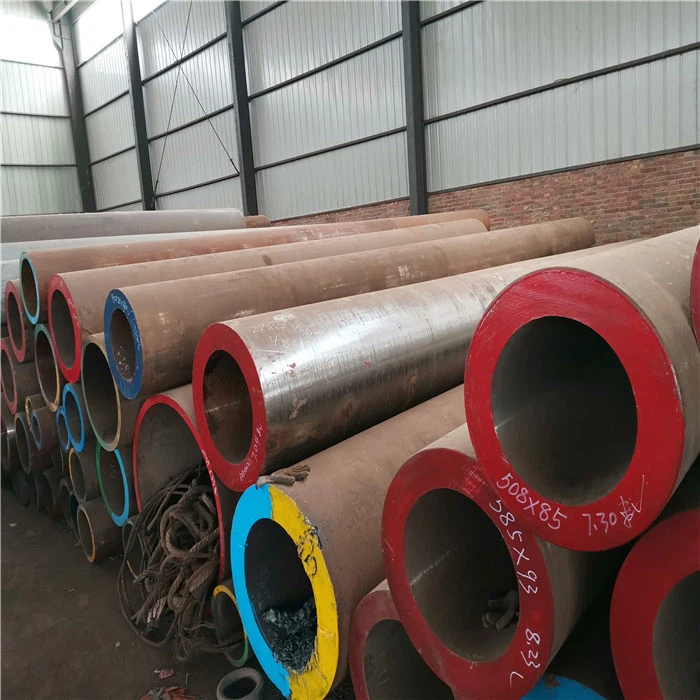
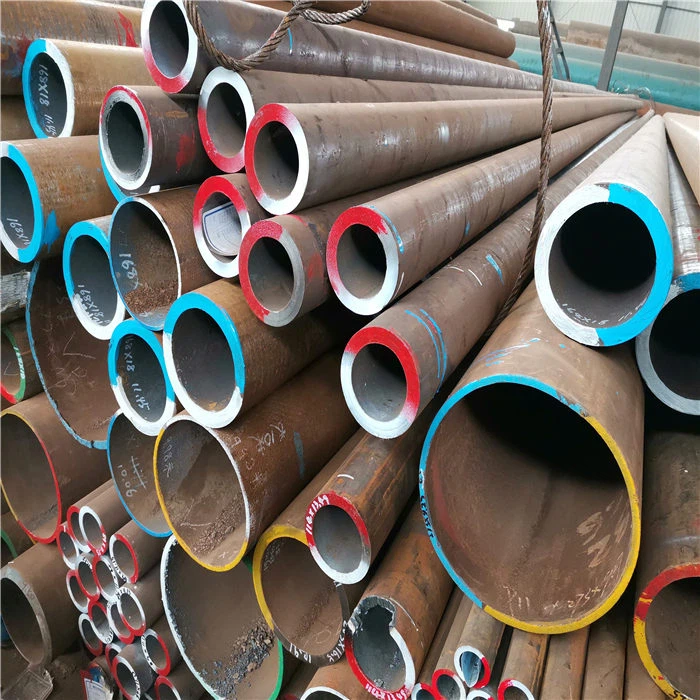
My company hot sale steel pipe:
Boiler tubes,( 20G. 12Cr1MoVG, ASTM A335 P5, P9, P11),
ASTM A333 GR.6 seamless pipes, ( 1” to 24” sch40, sch80, sch160)


